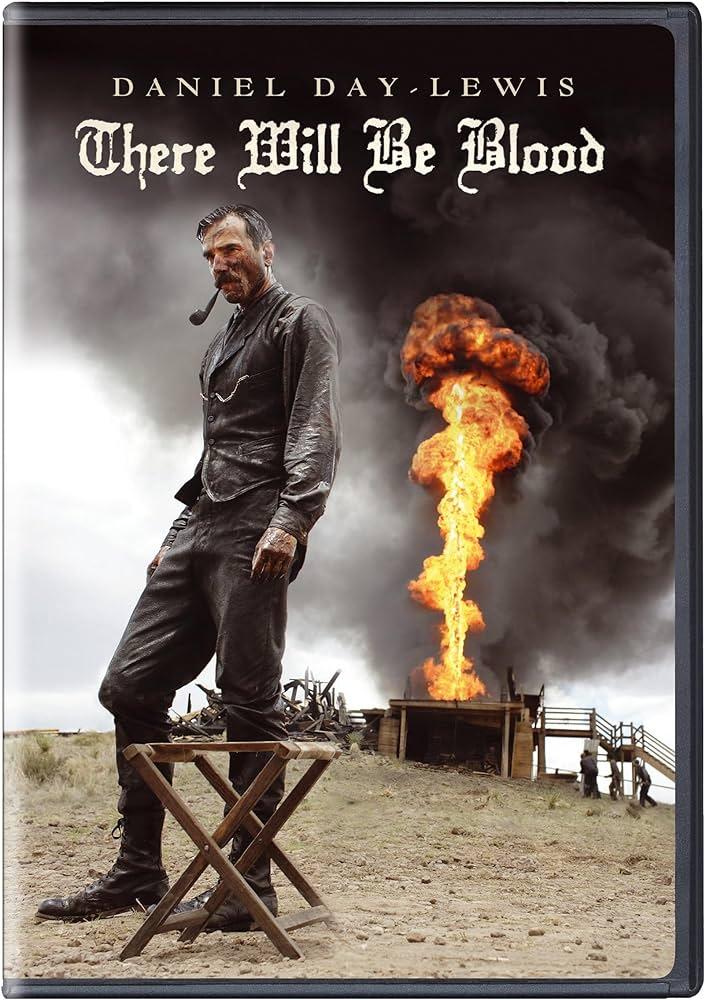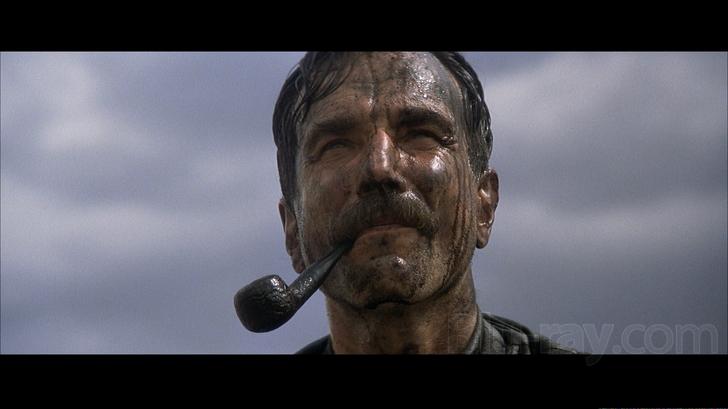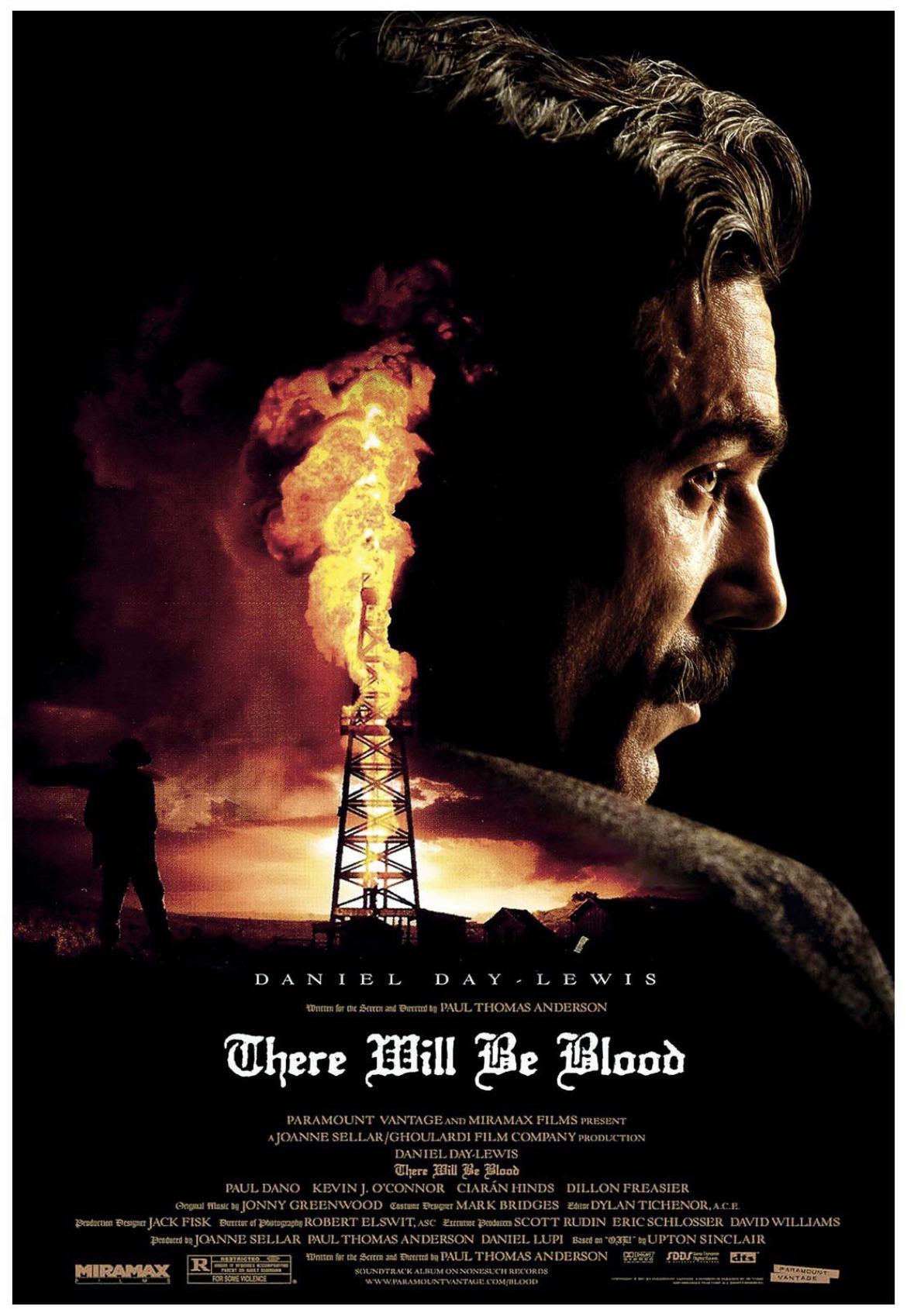In the pantheon of modern cinema, few films have garnered as much critical acclaim and scholarly attention as Paul Thomas Anderson’s “There Will Be Blood.” Released in 2007, this cinematic masterpiece is often lauded for its intricate storytelling, compelling character study, and technical prowess. Set against the backdrop of the American oil boom at the turn of the 20th century, the film presents a gripping exploration of ambition, greed, and the corrosive nature of power. Through meticulous direction, a haunting score by Jonny Greenwood, and a tour-de-force performance by Daniel Day-Lewis, “There Will Be Blood” transcends traditional genre boundaries, establishing itself as a profound commentary on the human condition. This article delves into the film’s cinematic brilliance, examining the elements that contribute to its enduring impact and its place within the broader context of American filmmaking.
Character Development and Psychological Depth
In “There Will Be Blood,” are masterfully woven into the fabric of the narrative, bringing a profound complexity to its characters, particularly Daniel Plainview. His evolution from an ambitious prospector to a ruthless oil tycoon is depicted with meticulous attention to detail, allowing viewers to witness the intricate layers of his personality unfold. The film delves into the internal conflicts and moral ambiguities that define Plainview, offering a rich tapestry of human emotion and ambition. This complexity is not only a testament to the script but also to Daniel Day-Lewis’s riveting performance, which breathes life into a character whose motivations and desires are both compelling and unsettling.
The film’s exploration of psychological depth extends beyond Plainview, touching on the interactions and relationships that shape his journey. Key elements that contribute to this depth include:
- Contrasting Relationships: The dynamic between Plainview and Eli Sunday provides a stark contrast, highlighting themes of faith, power, and manipulation.
- Isolation and Alienation: Plainview’s increasing detachment from those around him underscores his descent into madness and obsession.
- Internal Struggle: The inner turmoil faced by Plainview as he grapples with his insatiable greed and the consequences of his actions.
These elements collectively create a narrative that is as psychologically intricate as it is visually striking, ensuring that “There Will Be Blood” remains a poignant study of character and human nature.

Visual Storytelling and Cinematic Techniques
In Paul Thomas Anderson’s masterpiece, “There Will Be Blood,” visual storytelling is masterfully intertwined with cinematic techniques to create a visceral narrative experience. The film utilizes a rich tapestry of imagery and sound to evoke emotions and convey complex themes. Anderson’s use of long takes allows the audience to immerse themselves fully in the unfolding drama, while the strategic employment of silence heightens tension, making every word and sound resonate with profound impact.
The film’s visual composition is marked by several key elements that contribute to its cinematic brilliance:
- Lighting: The use of natural light and shadows creates a stark contrast that mirrors the moral ambiguity of the characters.
- Framing: Carefully constructed frames capture the isolation and ambition of the protagonist, Daniel Plainview.
- Color Palette: The muted tones reflect the bleakness of the early 20th-century oil boom, emphasizing themes of greed and desolation.
Through these techniques, Anderson crafts a visual narrative that is as compelling as the story itself, cementing “There Will Be Blood” as a landmark in cinematic history.

Musical Score and Its Impact on Narrative
The hauntingly brilliant musical score of ”There Will Be Blood,” composed by Jonny Greenwood, serves as an integral component of the film’s storytelling, enhancing its narrative depth and emotional resonance. Greenwood’s use of dissonant strings and unconventional rhythms creates an atmosphere of tension and unease, perfectly mirroring the psychological complexities of the protagonist, Daniel Plainview. The score’s avant-garde nature challenges traditional cinematic compositions, setting a tone that is both unsettling and compelling, much like the story it accompanies.
- Character Development: The music often underscores Plainview’s descent into madness, using aural cues to reflect his inner turmoil.
- Atmospheric Tension: Greenwood’s compositions amplify the desolate and ruthless landscapes, making the environment itself a character in the narrative.
- Narrative Pacing: The score meticulously aligns with the film’s pacing, building suspense and providing cathartic release at pivotal moments.
In essence, the musical score of “There Will Be Blood” is not just an accompaniment but a driving force that shapes the audience’s perception of the film’s thematic elements. Through its innovative orchestration, it elevates the storytelling, ensuring that the narrative is as impactful sonically as it is visually.

Historical Context and Socioeconomic Commentary
Set in the early 20th century, “There Will Be Blood” meticulously captures the fervor and tumult of America’s oil boom era. This period, marked by rapid industrialization and the ruthless pursuit of wealth, is not just a backdrop but a catalyst for the film’s narrative. The protagonist, Daniel Plainview, embodies the relentless drive and moral ambiguity that characterized many self-made oil tycoons of the time. His character serves as a microcosm of the broader societal shift from agrarian roots to industrial might, reflecting the transformative power of capitalism and the dark undercurrents of ambition.
The socioeconomic commentary embedded within the film is multifaceted. It highlights:
– The disparity between wealth and poverty, as seen in the stark contrasts between the affluent oilmen and the impoverished local communities.
– The erosion of traditional values, where familial bonds and community ties are often sacrificed on the altar of progress and profit.
– The tension between religion and commerce, depicted through the contentious relationship between Plainview and the fervent preacher Eli Sunday, symbolizing the struggle for moral authority in a rapidly changing world.
By weaving these elements into its narrative fabric, ”There Will Be Blood” not only tells a story of individual ambition but also provides a profound commentary on the socioeconomic upheavals that defined a pivotal era in American history.
